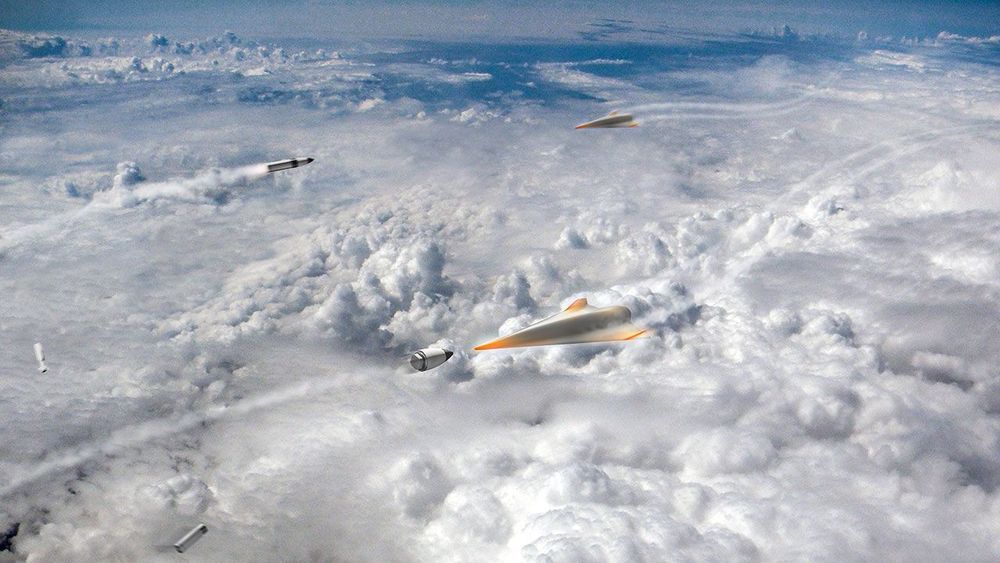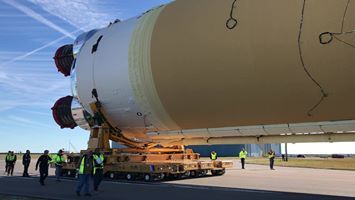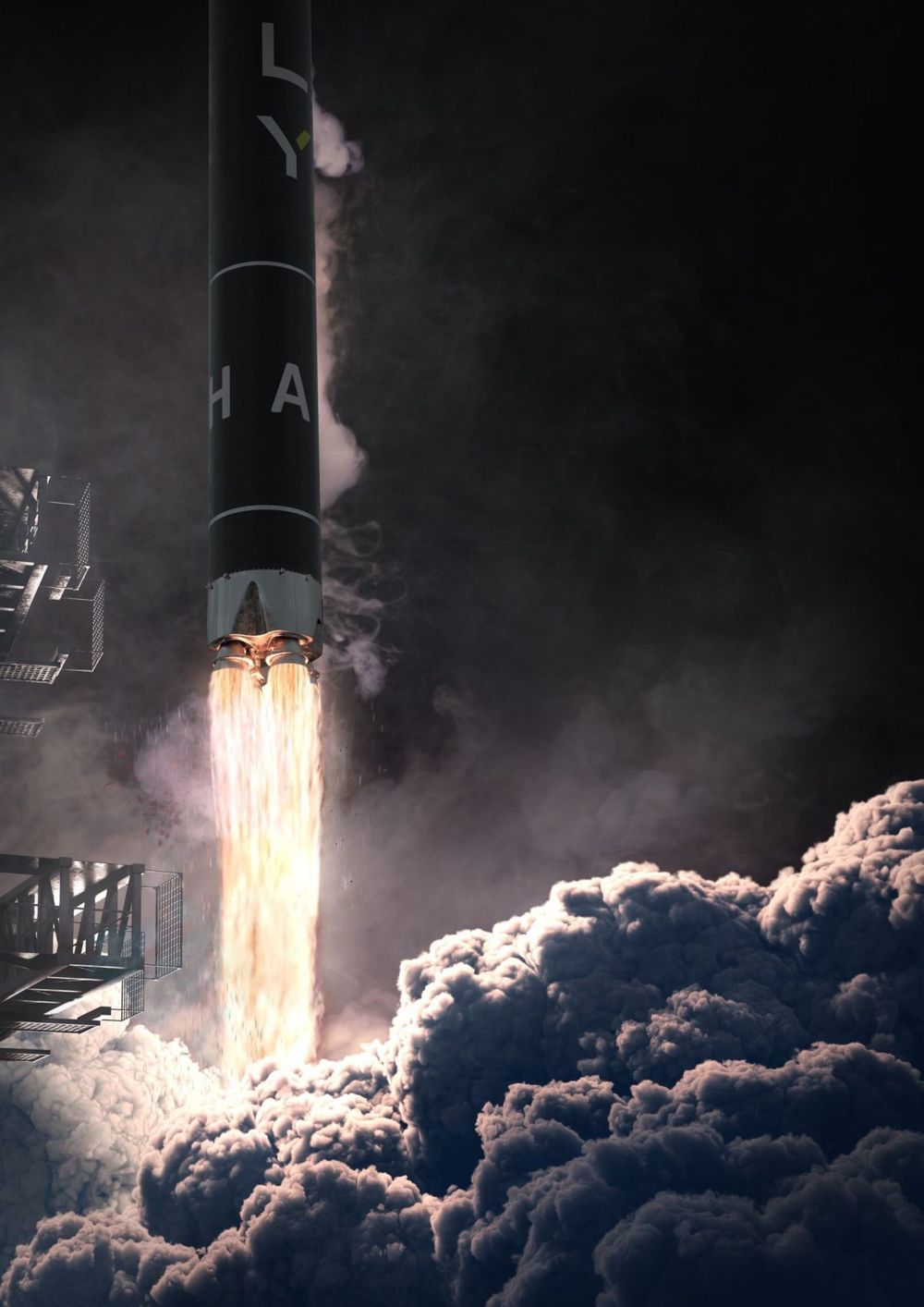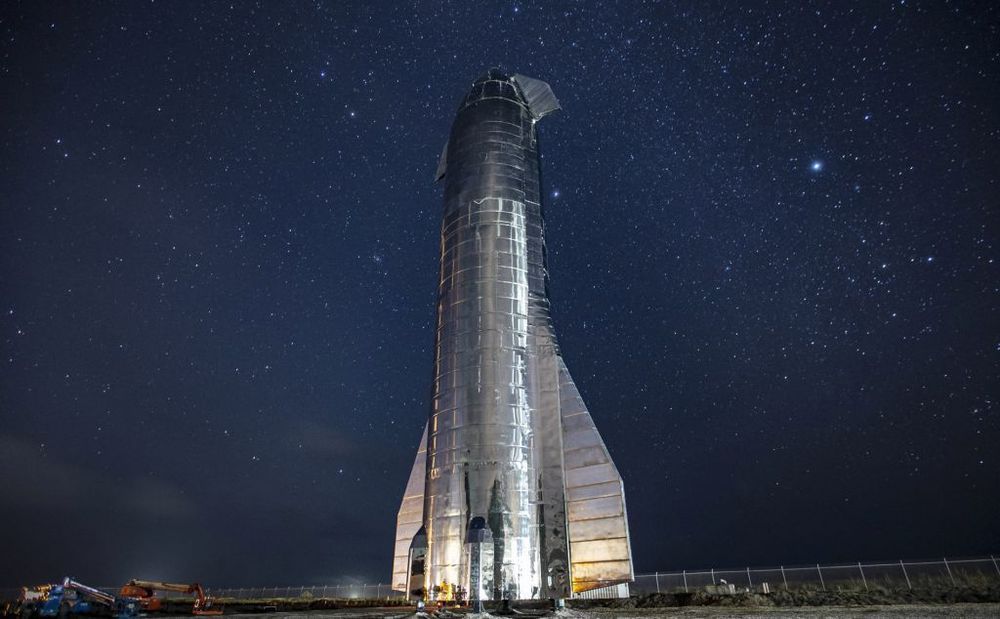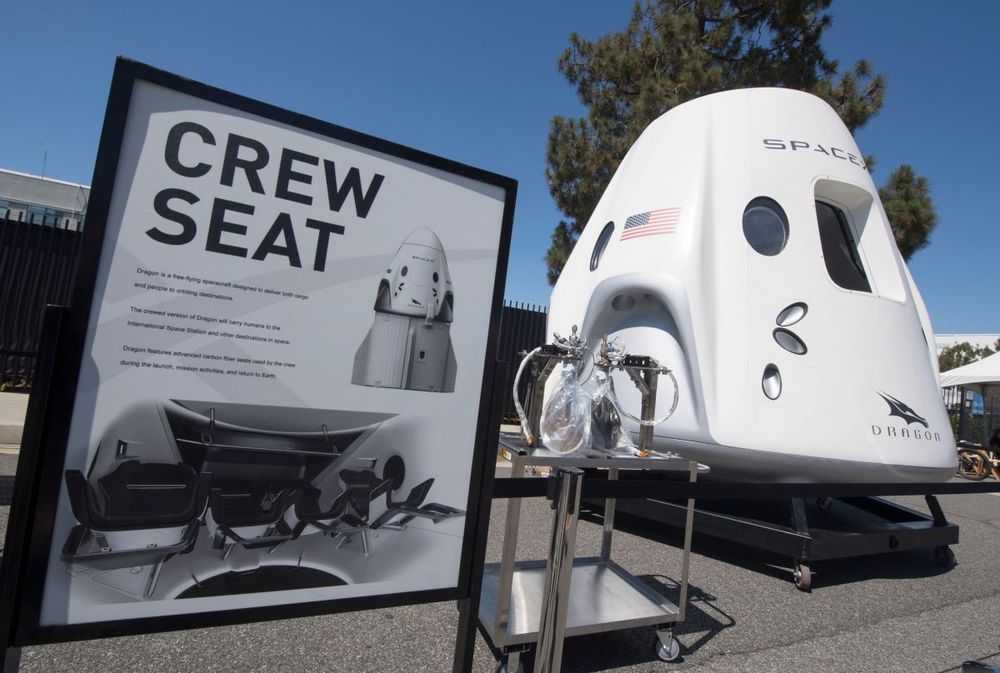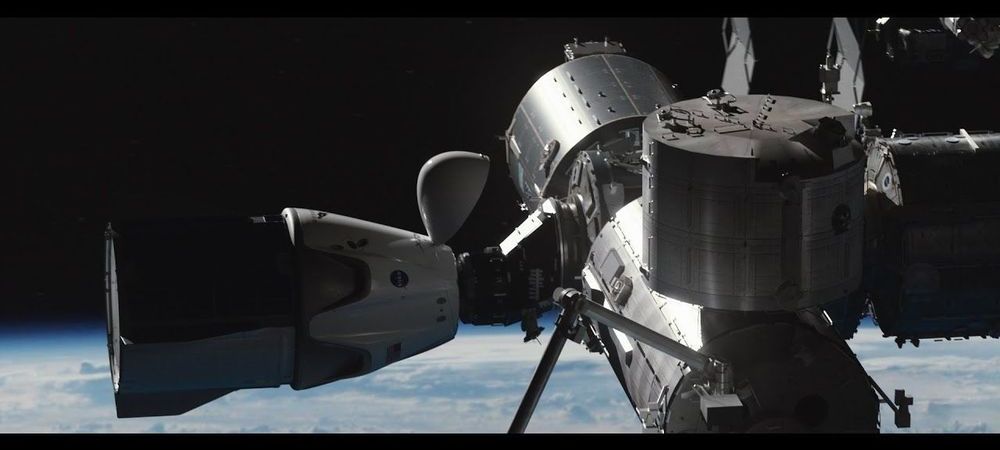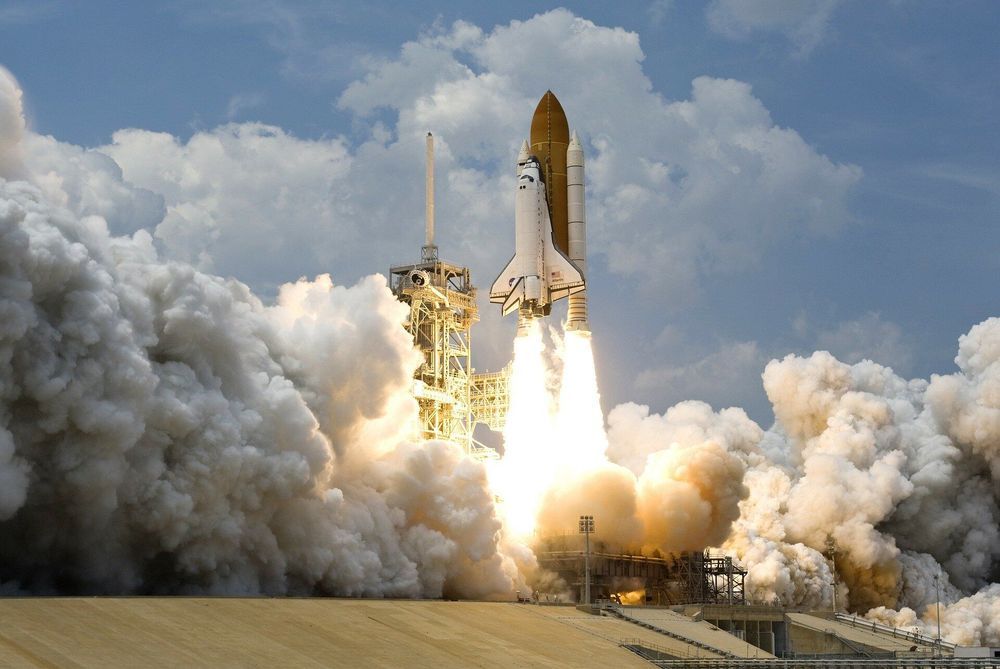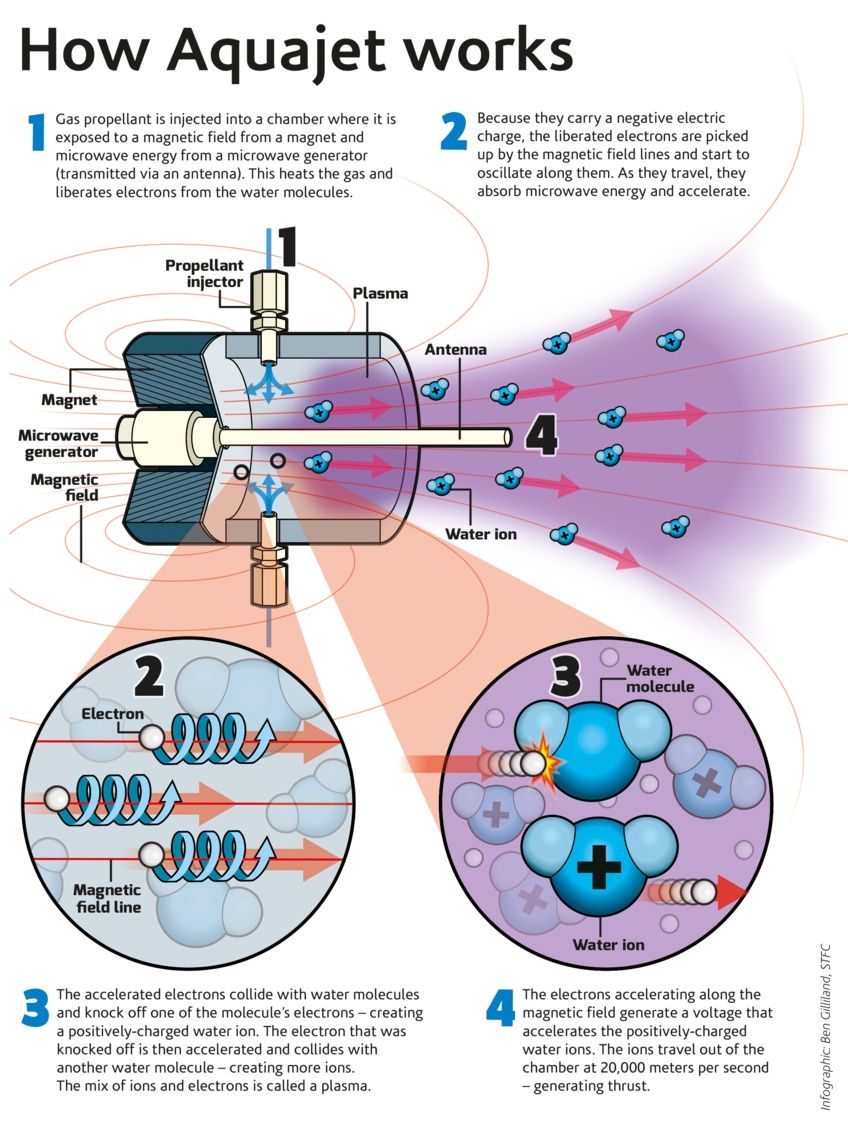Scientists at the Faculty of Physics and Engineering, working with the Tomsk company Scientific and Production Center Chemical Technologies, have created and tested an improved model of a hybrid rocket engine. The team synthesized new fuel components that increased its calorie content, and therefore its efficiency.
The development emerged from a project to improve the design of a solid–fuel hybrid rocket engine and the fuel used in such engines. The scientists mathematically modeled an optimized engine and made fuel compositions based on aluminum diboride and dodecaboride. This is one of the most promising areas increasing fuel efficiency.
Rocket fuel with the addition of the components proposed by TSU specialists is distinguished by the highest calorific value, which characterizes fuel efficiency. Alexander Zhukov, professor at the Department of Mathematical Physics says that boron is the highest-energy solid component known today, but directly introducing it into the fuel is inefficient because a dense oxide film forms, leading to a high degree of burning out. But in combination with aluminum, boron burns well and increases energy.

